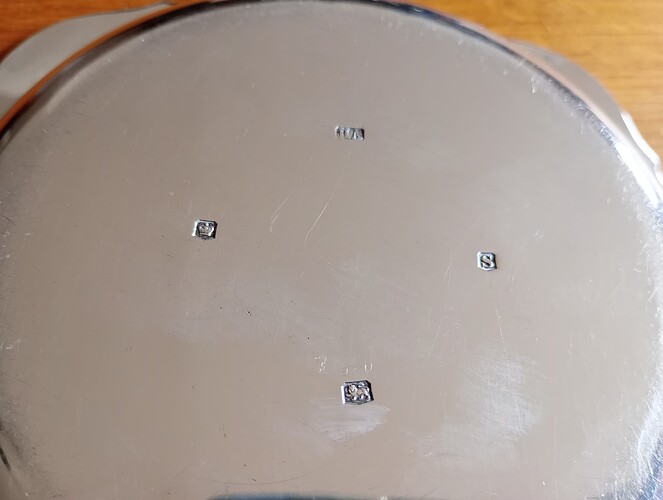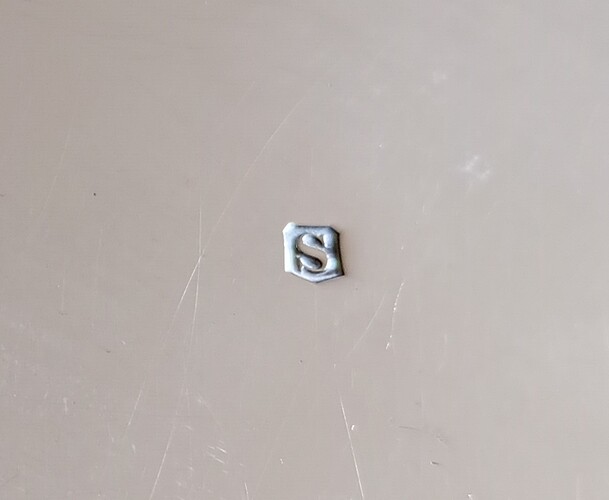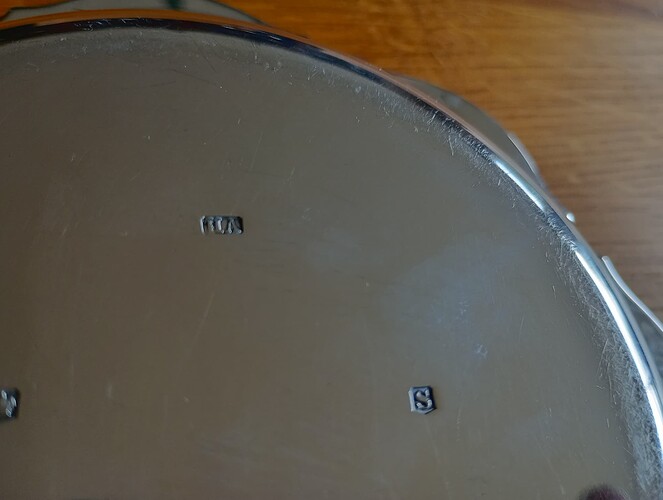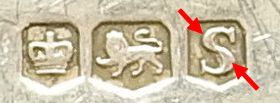Heads of sovereigns had only previous appeared on sterling silver as duty marks. Duty on silver was imposed to pay for the British failed attempt to impose Stamp Duty on those of us living in North America who objected as we thought taxation without a vote was a bad idea. It was, but you guys have come round to it again, this time for yourselves and you now call it inflation.
That both the King and Queen were used in all the assay offices then extant is indicative of exactly how fragile the UK monarchy was inter bellum.
George V was a younger brother who never expected to inherit, whose primary interest was mass slaughter of colorful imported Chinese birds called pheasants and the collection of postage stamps with his face on them. He married Mary of Teck who spoke with a thick German accent and was a kleptomaniac. (He married her for much the same reason Henry VIII married his deceased brother Arthur’s wife – she had already been shipped over and there was no other useful way to deal with the problem other than shipping them back to Aragon and Teck respectively).
George’s health was never good after 1928 and his wife Mary, a tough women who had supported no sanctuary for the eventually murdered Czarist cousins, threw out the Royal Dukes who had sided with the Kaiser and changed the family name to Windsor in 1917, in 1935 realized her eldest son, David was going to be king floppy. Literally.
She, an elderly German-speaking women was going to have to keep the family firm going. And that was why she was there on the jubilee mark propping up her dying husband. (poor man wasn’t even allowed to die until the morning so that the announcement would not appear in the disreputable evening papers like the Standard.)
Of course we all know what happened next. David, called Edward VIII, ducked out of his own coronation and went to live in France with triple divorcee Simpson. Mary made the unprecedented effort as dowager queen to attend the coronation of her stuttering younger son Albert (George VI) and his Scottish wife, Elizabeth the recently departed Queen’s mother, another tough cookie.(Whose nickname was actually Cookie).
In 1939 George soon found himself plunged in another war against his German relatives working for Hitler and there was another royal ducal cull. His elder brother Edward, backed Hitler before the war and George initially sided with Lord Halifax against Churchill for peace with Hitler.
Had he and Halifax succeeded in their appeasement we would be writing this is German if at all.
When it came time for George’s daughter Elizabeth to celebrate her jubilee the sovereign head was once again used with no Duke of Edinburgh, Philippos Andreou Schleswig-Holstein Sonderburg-Glucksburg propping her up.
And now there is Charles. Chances are no royal jubilee marks for him. William, possibly but unlikely; too busy chasing around like his father. So if he pops off when George his son is in his 20’s that’s the best chance of another jubilee mark.
So fairly collectable.



